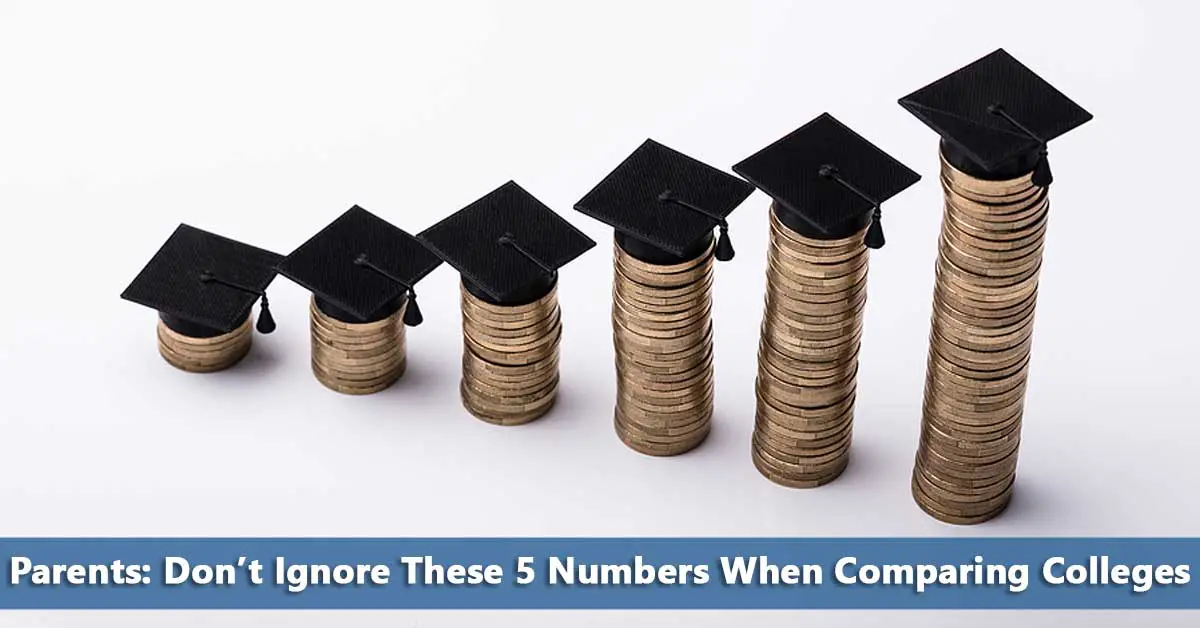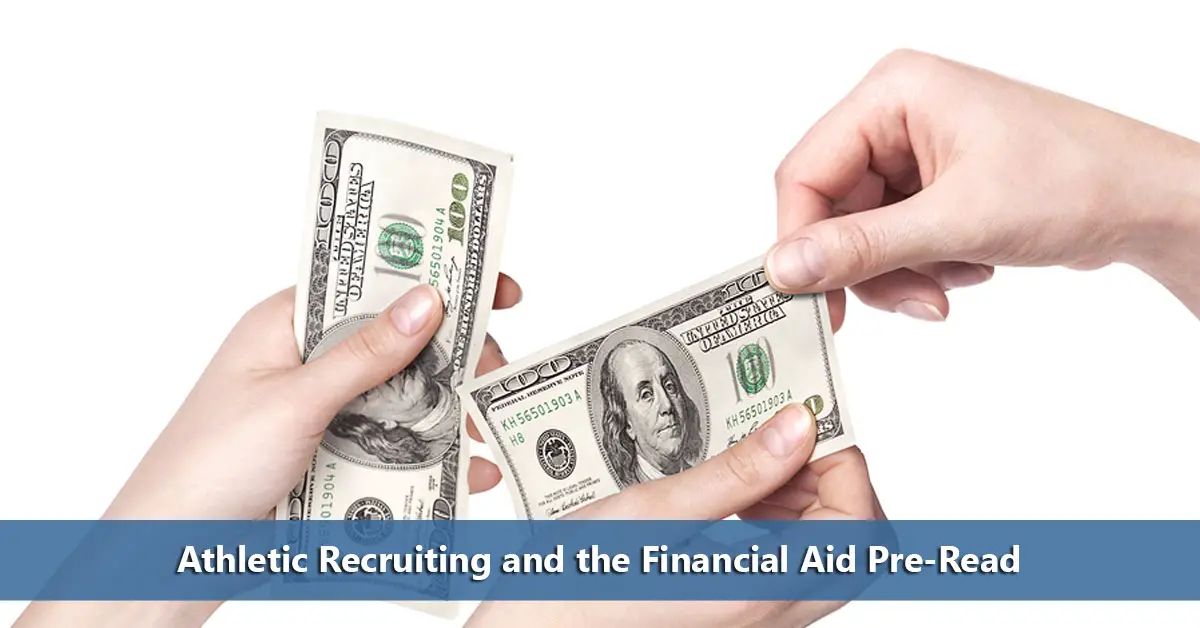 If you want to pay less for college, you need to pay more attention to college statistics. I’m sure many parents and students hip deep in the college admissions process think that they are drowning in college statistics but are still facing the prospect of impossible tuition bills. The problem is that they aren’t paying attention to the right statistics, or at the very least, not considering them in terms of how they affect the cost of going to college.
If you want to pay less for college, you need to pay more attention to college statistics. I’m sure many parents and students hip deep in the college admissions process think that they are drowning in college statistics but are still facing the prospect of impossible tuition bills. The problem is that they aren’t paying attention to the right statistics, or at the very least, not considering them in terms of how they affect the cost of going to college.
Costs
5 Reasons why College Costs will Leave you Dazed and Confused
 It’s not just that college is expensive. It is. But rather there’s the unexpected problem in actually being able to answer the basic question, “how much does college cost?” Unless you’re prepared to pay the sticker price, it’s almost impossible for students to know how much they are going to pay for college until they get their financial aid awards. And even those lucky few who aren’t relying on financial aid for college, will still find it difficult to identify college costs and compare different schools. The only thing that can be more difficult to figure out than college costs is probably healthcare prices. Yes, it’s that bad.
It’s not just that college is expensive. It is. But rather there’s the unexpected problem in actually being able to answer the basic question, “how much does college cost?” Unless you’re prepared to pay the sticker price, it’s almost impossible for students to know how much they are going to pay for college until they get their financial aid awards. And even those lucky few who aren’t relying on financial aid for college, will still find it difficult to identify college costs and compare different schools. The only thing that can be more difficult to figure out than college costs is probably healthcare prices. Yes, it’s that bad.
How Far Away Should You Go To College?
 Over half of all college students attend schools less than 100 miles from home. Only 16% of students travel 500 or more miles from home. This pretty much matches the preferences expressed by far too many parents and students of wanting to be close enough for them to come home on the weekends if they want to or in case of emergencies. Yeah, I have a problem with that.
Over half of all college students attend schools less than 100 miles from home. Only 16% of students travel 500 or more miles from home. This pretty much matches the preferences expressed by far too many parents and students of wanting to be close enough for them to come home on the weekends if they want to or in case of emergencies. Yeah, I have a problem with that.
Parents: Don’t Ignore These 5 Numbers when Comparing Colleges
 Before parents sit back and let their kids drive the college application process, there are some numbers they need to understand when comparing colleges. Because while it’s true that it’s the student who is going to attend college, the colleges are pretty clear that they are going to turn to the parents to pay the bill. And anyone expected to write a check to cover the cost of college, needs to have some meaningful numbers to evaluate the value of what their buying. However, not all numbers are created equal. For example, the acceleration speed of a car and its sticker price are both numbers, but one probably will have priority over the other for most people making a car purchase. Understanding these five numbers will provide you with some basic references for comparing colleges to decide if you’re willing to pay the college’s asking price.
Before parents sit back and let their kids drive the college application process, there are some numbers they need to understand when comparing colleges. Because while it’s true that it’s the student who is going to attend college, the colleges are pretty clear that they are going to turn to the parents to pay the bill. And anyone expected to write a check to cover the cost of college, needs to have some meaningful numbers to evaluate the value of what their buying. However, not all numbers are created equal. For example, the acceleration speed of a car and its sticker price are both numbers, but one probably will have priority over the other for most people making a car purchase. Understanding these five numbers will provide you with some basic references for comparing colleges to decide if you’re willing to pay the college’s asking price.
5 Ways to Get Smart About Financial Aid Award Letters
 After diligently reporting their families’ financial information as accurately as possible in the FAFSA under the threat of a $20,000 fine and/or prison, high school seniors are anxiously waiting to receive their financial aid award letters. Now, even though each student’s family situation is different, applicants all completed a standard form for financial aid. Major financial factors such as loss of job or health issues have to be addressed in a separate letter to the financial aid office.
After diligently reporting their families’ financial information as accurately as possible in the FAFSA under the threat of a $20,000 fine and/or prison, high school seniors are anxiously waiting to receive their financial aid award letters. Now, even though each student’s family situation is different, applicants all completed a standard form for financial aid. Major financial factors such as loss of job or health issues have to be addressed in a separate letter to the financial aid office.
So why will the student probably receive financial aid award letters in as many formats as colleges applied to and often designed to deliberately mislead families on how much money they will have to pay?
7 Useful Ways to Compare Colleges
 If you have kids old enough for you to be thinking about the college admissions process and how you’ll pay for it, you also need to be thinking about how you’re going to compare colleges. Because the fact is that you’re going to be comparing lots of colleges, the sooner the better. You’re going to compare colleges when you decide which colleges to visit, which admissions reps to talk to at the college fair, which colleges to apply to, and which one to ultimately attend. So take this opportunity to consider the various ways you can actually compare colleges and their relative worth to your family’s situation.
If you have kids old enough for you to be thinking about the college admissions process and how you’ll pay for it, you also need to be thinking about how you’re going to compare colleges. Because the fact is that you’re going to be comparing lots of colleges, the sooner the better. You’re going to compare colleges when you decide which colleges to visit, which admissions reps to talk to at the college fair, which colleges to apply to, and which one to ultimately attend. So take this opportunity to consider the various ways you can actually compare colleges and their relative worth to your family’s situation.
Why Athletic Prospects need the Financial Aid Pre-Read
 Athletes need to know about financial aid pre-reads since one third of colleges do not offer athletic scholarships. At institutions that do offer scholarships, most sports are equivalency sports meaning that athletes are likely to receive only partial scholarships, if any at all. This means that the availability of non-athletic financial aid is an important consideration for most college athletes.
Athletes need to know about financial aid pre-reads since one third of colleges do not offer athletic scholarships. At institutions that do offer scholarships, most sports are equivalency sports meaning that athletes are likely to receive only partial scholarships, if any at all. This means that the availability of non-athletic financial aid is an important consideration for most college athletes.
8 Things Parents Paying for College Must Know
 When my son was small and I would tell him to do something, he would ask why and I would tell him because “it’s in the parent’s manual.” He got really curious about that manual. Where was it? (I wasn’t allowed to tell him.) When did we get it? (At the hospital, of course, you don’t think they would let us leave without it?) Was there a kid’s manual? (You mean you lost yours?)
When my son was small and I would tell him to do something, he would ask why and I would tell him because “it’s in the parent’s manual.” He got really curious about that manual. Where was it? (I wasn’t allowed to tell him.) When did we get it? (At the hospital, of course, you don’t think they would let us leave without it?) Was there a kid’s manual? (You mean you lost yours?)
7 Things You Need to Know When Looking for Private Scholarships
 With all of the college scholarship search websites available, it would seem that getting a private scholarship to pay for school has never been easier. Unigo’s scholarship match offers to match students to 3.6 million college scholarships and grants worth over $24 billion. And Scholarships.com tells you that there are over 3.7 million scholarships worth $19 billion just waiting for you. How hard can it be to get a scholarship?
With all of the college scholarship search websites available, it would seem that getting a private scholarship to pay for school has never been easier. Unigo’s scholarship match offers to match students to 3.6 million college scholarships and grants worth over $24 billion. And Scholarships.com tells you that there are over 3.7 million scholarships worth $19 billion just waiting for you. How hard can it be to get a scholarship?









